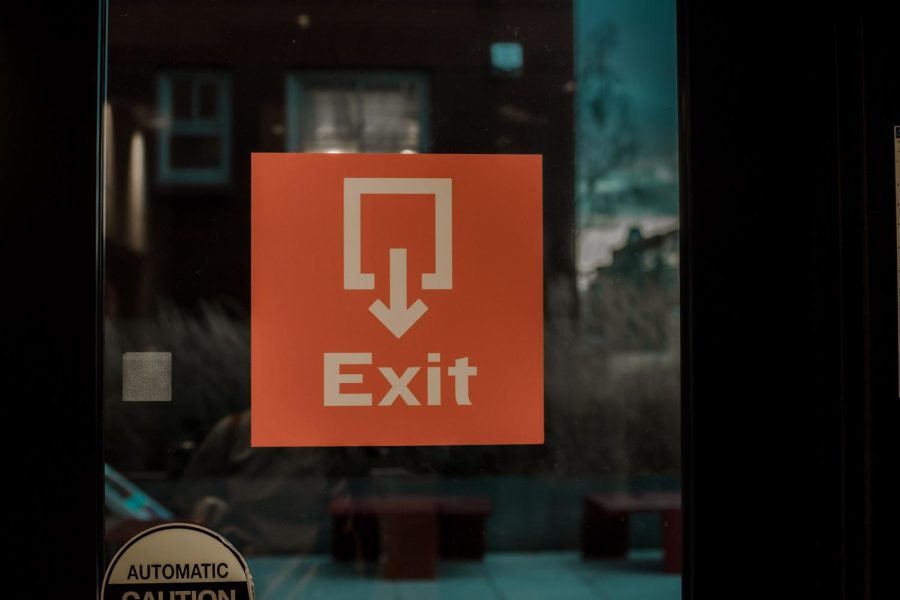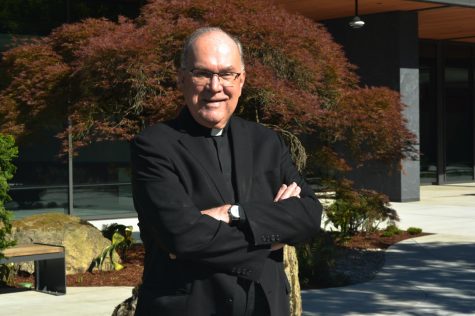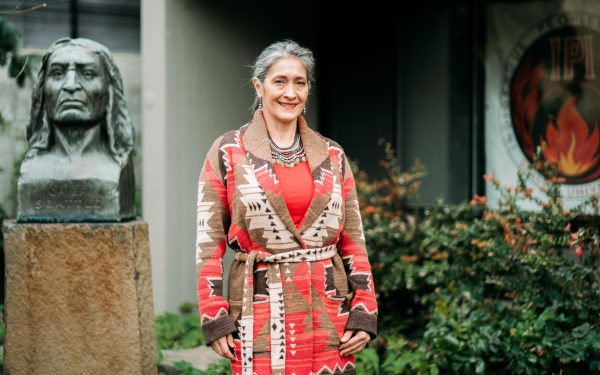Transfer Trends Take a Toll on University Finances
Exit here
As fall quarter comes to a close, with it comes the end of some students’ time at Seattle University. Students transferring midway through the academic year is not unique to Seattle U and happens at all universities to some degree. While a number of factors go into deciding to transfer, some departing students are unhappy with certain aspects of campus life.
“I feel like there’s not a ton of support. There’s not a ton of social support, and I think that affects the academics that are already hard,” Sophomore Biology major Tae Andrews said.
Andrews will be transferring out of Seattle U at the end of fall quarter. She will go home to Colorado and take classes at a community college for the remainder of the academic year. After that, she plans to attend the University of Tennessee to continue the premed track she started at Seattle U. While Andrews’ decision was not an easy one to make, she felt that she lacked an adequate support system to deal with a difficult course load.
“Part of being successful is having a good support system and having time to take care of your mental health,” Andrews said. “I don’t really have time for that.”
While Andrews tried to take advantage of the Wellness Center, she felt that they were unable to meet her needs. She thinks that the impersonal and mostly virtual nature of the Wellness Center and the 12-appointment maximum for Counseling and Psychological Services (CAPS) are insufficient in meeting students’ mental health needs.
“It seems very unhelpful,” Andrews said. “The resources that we have for wellness aren’t as cohesive as they could be.”
As she has gone through the process of unenrolling from Seattle U, Andrews has also not felt supported by the university in her decision. While some of her professors have been understanding, many faculty don’t realize everything that goes into the transfer process. In Andrews’ experience, information that is necessary for students who are transferring is hard to access and outdated.
“Making that information more accessible, like accessible at all, would be helpful,” Andrews said.
Sophomore Psychology and Criminal Justice double major Allison Groustra can relate to some of Andrews’ concerns with Seattle U. Groustra will also be transferring out of Seattle U at the end of the quarter. She plans to complete her degree at Colorado State University. Like Andrews, Groustra struggled to find resources at Seattle U.
“It’s kind of daunting to go use campus resources, especially when your problems are not necessarily justifiable to use campus resources,” Groustra said.
For Groustra, the deciding factor in her decision to transfer was a lack of social connection. She didn’t feel like she fit in with the atmosphere at Seattle U.
“I personally felt like there was a lot of negativity here,” Groustra said. “I didn’t feel like we had a very positive outlook on things.”
While Groustra has felt supported throughout the transfer process and asserts that her decision is based on the social aspect and not the school, she does feel that Seattle U doesn’t actively try to improve the student experience or take steps to rectify student concerns.
“Unless somebody directly comes to them, they kind of turn a blind eye,” Groustra said. “The school doesn’t really bother to ask or make sure.”
Andrews and Groustra are not the only students who will be transferring out of Seattle U this quarter. In fact, in a recent email from President Eduardo Peñalver to the faculty, Peñalver informed his colleagues that due to the number of undergraduate transfers Seattle U is projecting a revenue shortfall of over $9 million from the initial budget projection.
“Roughly two-thirds of that relates to the decline in undergraduate headcount,” Peñalver wrote.
While Peñalver believes that the COVID-19 pandemic is partially to blame for Seattle U’s poor undergraduate retention rates, he acknowledged in the faculty announcement that this year is simply the most recent in an ongoing trend.
“This year’s reduction occurs within the context of a longer-term, gradual decline of our retention rate at Seattle University over the past decade,” Peñalver wrote. “We need to reverse that trend.”
Whether it be difficult academics, a lack of social connection or inadequate resources, students are choosing to transfer out of Seattle U. Whether the university takes practical steps to reverse this trend is yet to be seen, but one thing is clear, students are leaving at an increasing rate, and the university is suffering the financial consequences.










